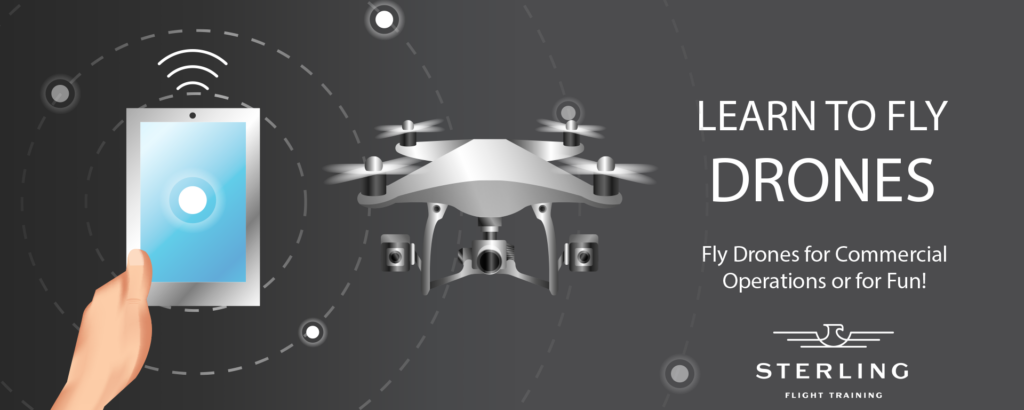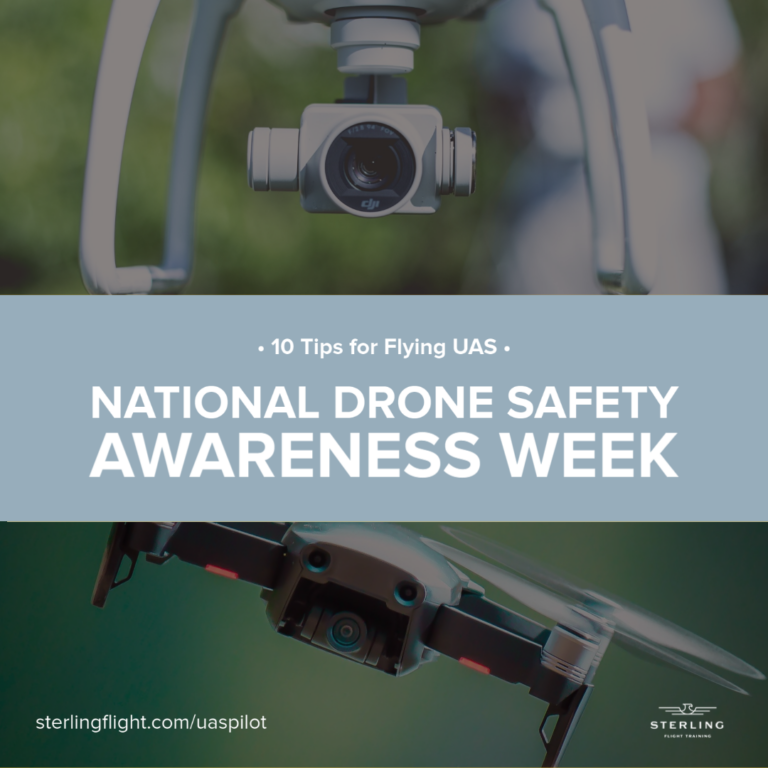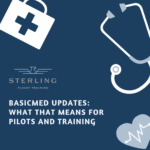In honor of Drone Safety Awareness Week, we are giving you some tips and resources for this growing industry. Drones, or small unmanned aircraft systems (sUAS), are exploding in popularity for both recreational and commercial use. It’s important to understand what you can and cannot do, and how to safely operate sUAS.
Flying for business?
If you are flying, or plan to fly UAS for commercial reasons, then you must obtain an FAA Remote Pilot Certificate. This consists of passing an FAA Unmanned Aircraft Systems (UAS) Drone Knowledge Test.
Flying for fun?
If you are flying as a hobby, then you are not required to have a Remote Pilot Certificate to operate your aircraft. However, recreational pilots can still benefit from UAS flight training.
Regardless of if your UAS is used for fun or business, you still need to understand the rules, regulations, and safety requirements. One such requirement is that registration is mandatory for equipment weighing between 0.55 pounds and 55 pounds. Register your aircraft here.
Safety Tips
- Know Before You Fly: This organization, in partnership with the FAA, provides resources and recommendations for the safe operation of model aircraft and unmanned aircraft systems.
- Know when and where to ask for permission. There can be flight restrictions within certain airspaces so do your research beforehand. Flying on or near airfields is prohibited.
- Always keep your UAS in sight and use a visual observer to assist if needed.
- Fly below 400 feet and remain below obstacles when possible.
- Never interfere with manned aircraft and yield right of way.
- Report damages: The FAA requires all damage exceeding $500 (not including unmanned aircraft) be reported.
- Do not conduct surveillance or photograph persons in areas where there is an expectation of privacy without prior permission.
- Keep your distance: Remain at least 25 feet away from individuals, property, moving vehicles, etc. For critical infrastructures, i.e. military bases, federal prisons, power plants, monuments, etc., you must remain at least 400 feet away from the lateral boundaries.
- If you are flying commercially, you must operate during the daylight hours or civil twilight hours (30 minutes before official sunrise to 30 minutes after official sunset) with appropriate anti-collision lighting.
- Get Your Remote Pilot Certification: Consider undergoing an FAA Part 107 training program and becoming a licensed operator. This is REQUIRED if you plan to fly for commercial purposes
Wanting to learn more about flying UAS? Checkout the Sterling Part 107 training program.






